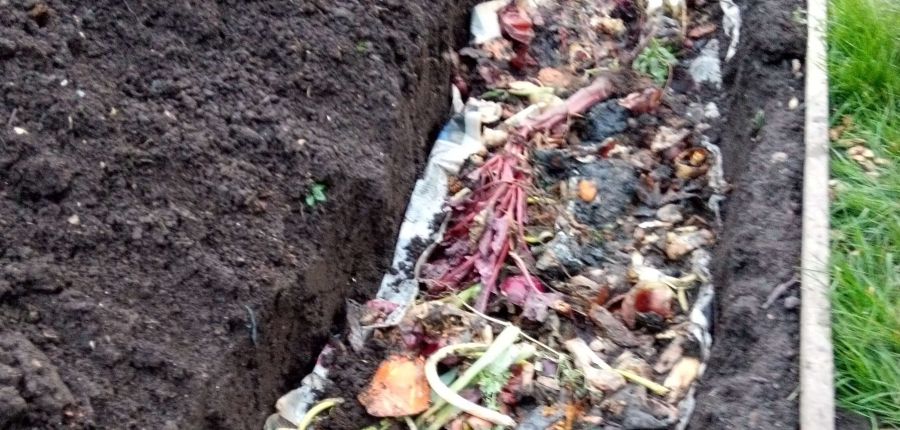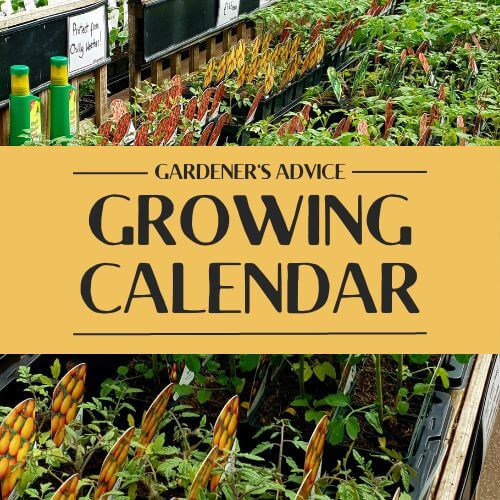Making a bean trench
Posted By: rocket veg Category: Seasonal AdviceIf you are planning to grow climbing beans later this year and want your plants to be bowed down under the weight of perfect, tasty pods, now is the perfect time to make a start and prepare the ground where the beans – seed or young plants – will go in May. Digging a bean trench is just the job for a cold winter’s day, just as long as the soil is frost-free.
What is a bean trench?
A bean trench is the traditional method of creating a sump of rich, organic matter on which the roots of the beans will feed and nourish the plants. The heat generated by the rotting matter will also boost plant growth.
I like to grow my climbing beans in a long row, supported by a frame of canes with metal poles at each end for added strength, so the trench I dig will be about 5m long and approximately 45cm wide. Having decided where the trench will go, I mark out the end corners with short lengths of cane and start digging at one end, heaping the soil along one side as I go and aiming to keep the sides of the trench straight and sheer. The trench will be about 30cm deep with a flat base. If you prefer to grow climbing beans up a tepee of canes, simply dig a circular pit instead of a linear trench. As well as being hungry plants, climbing beans need water – lots of it – so compacting the base of the trench with your feet as you dig your way along will help create a much-needed reservoir when the time comes.
Filling your trench
Once the trench is ready to fill, line the base with a few layers of newspaper which will also help retain moisture. Then begin the task of filling the trench with organic matter, destined for your compost bin – veg peelings, fruit cores and skins, tea bags and coffee grounds, brassica leaves, weeds (minus roots and definitely no bindweed or couch grass!). Add paper or cardboard if you wish, but only small quantities and torn up. Fallen leaves are fine as well. If you have comfrey plants growing nearby, add plenty of their leaves which, as well as helping the rotting process, are a rich source of potassium to give your climbing beans a boost once. Over the coming weeks, add more compost until you have a good, deep layer, then backfill with the soil and rake level. I leave the corner canes in place to mark where the trench is when it comes to bean sowing/planting time
‘Trenches’ for other crops
Other vegetables – squashes, pumpkins and courgettes – also enjoy growing with their roots in a sump of rich, organic matter. If you want to produce a record breaking pumpkin, dig a pit and sink a bale of straw in it before back filling with soil, something I have yet to try, but I am assured that the end product will be the envy of the allotment site!







